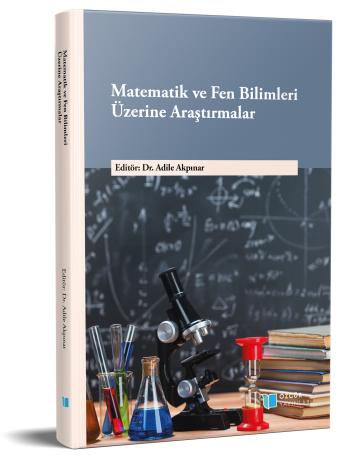
Staphylococcus Aureus Straini Kullanarak Bioaktif Gümüş Nanopartikül Sentezi ve Optimizasyonu
Şu kitabın bölümü:
Akpınar,
A.
(ed.)
2023.
Matematik ve Fen Bilimleri Üzerine Araştırmalar.
Özet
Nanopartikül terimi boyutları 100 nm ve altında olan parçacıkları ifade etmektedir. Büyük yapılı maddelerin aksine nanopartiküller nano boyuttaki yapıları ile kendilerine özgü fiziksel, kimyasal, elektronik, mekanik, manyetik, termal, dielektrik, optik ve biyolojik özelliklere sahiptirler. Nanopartiküllerin bu özelliklerinden dolayı son yıllarda nanopartikül sentezlemek çok önemli bir boyut kazanmaktadır. Bakteriler doğadaki bol çeşitliliği, uygulama kolaylıkları yüksek etkinlikleri hızlı büyüme oranları, kolay üremeleri, pH ve basınçtan dolayı, nanopartiküllerin sentezi için daha çok tercih edilmektedir.
Bu çalışmada, Ezine ilçesindeki topraklardan izole edilen Staphylococcus aureus izolatının gümüş nanopartikül sentezinde kullanımı, sentez basamaklarının optimizasyonu ve sentezlenen nanopartikülün antimikrobiyal aktivitesinin ortaya konması amaçlanmıştır. Uv-Vis ve Taramalı Elektron Mikroskobu (SEM) analizleri ve reaksiyondaki renk değişimi izolatın nanopartikül sentez özelliği olduğunu kanıtlamıştır. Bununla birlikte kullanılan AgNO3 konsantrasyonu, pH ve sıcaklığın sentez basamaklarındaki etkisi araştırılmıştır. Elde edilen sonuçlara göre izolat, 1 mM AgNO3 konsantrasyonunda, 37 oC’de, pH 10’da optimum üretim sürecine ulaşmaktadır. Ayrıca elde edilen partikül Pseudomonas aeruginosa ATCC 27853, Staphylococcus haemolyticus ve Acinetobacter baumannii ATCC 19606 bakterilerine karşı mukayese antibiyotiğinden daha yüksek antagonistik etki göstermiştir.

